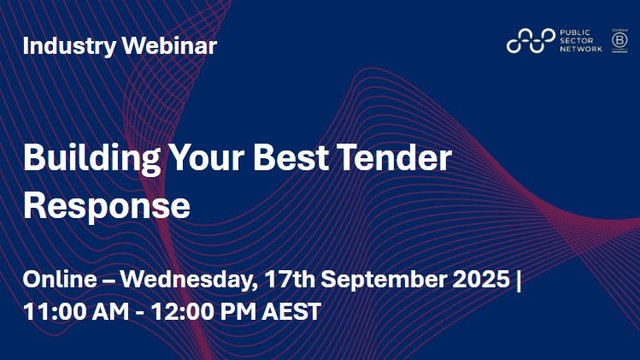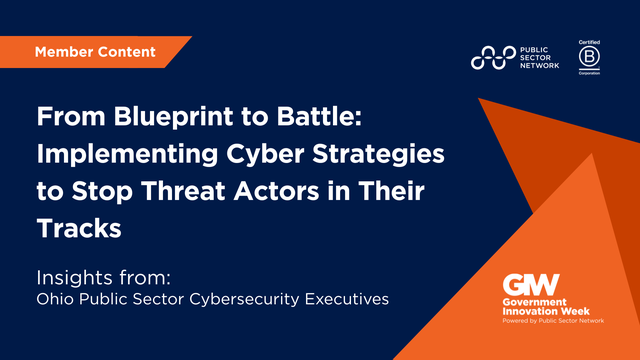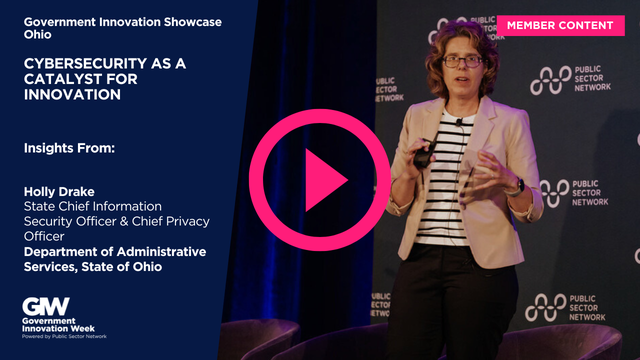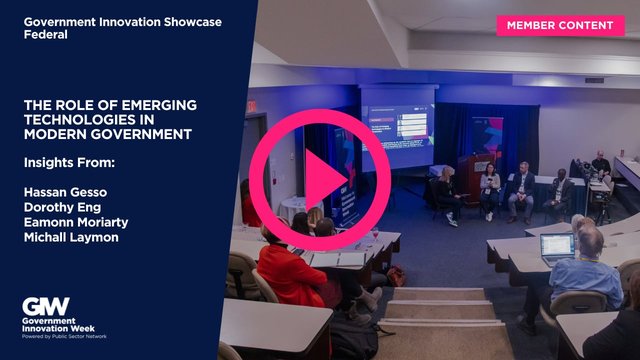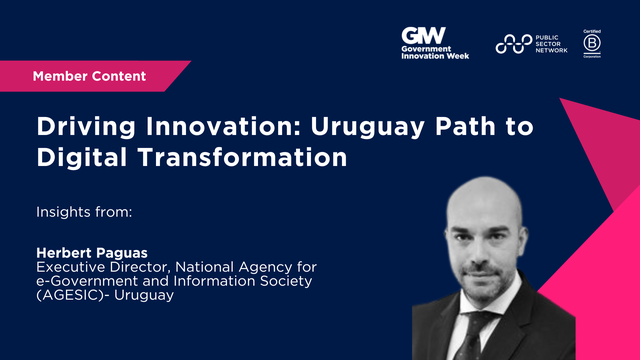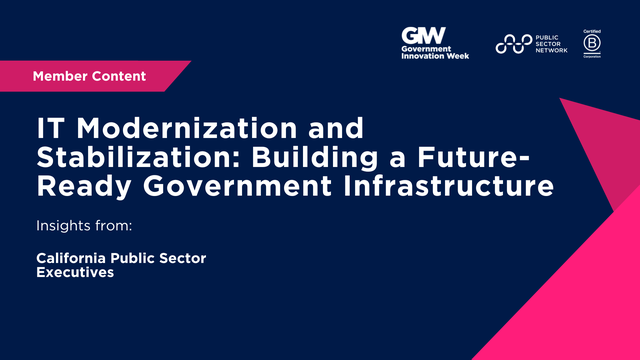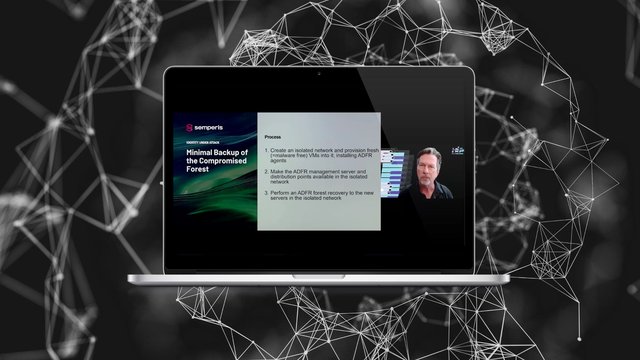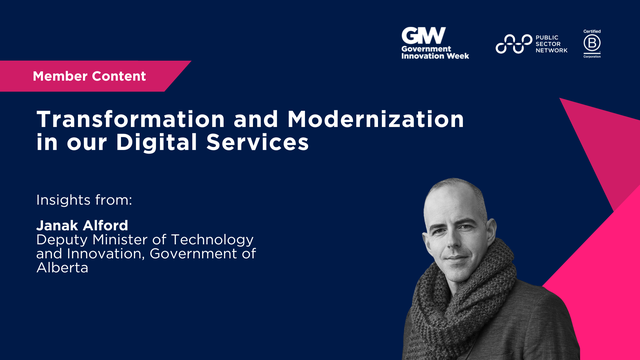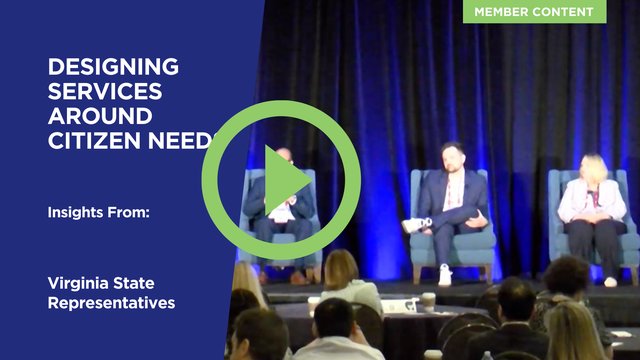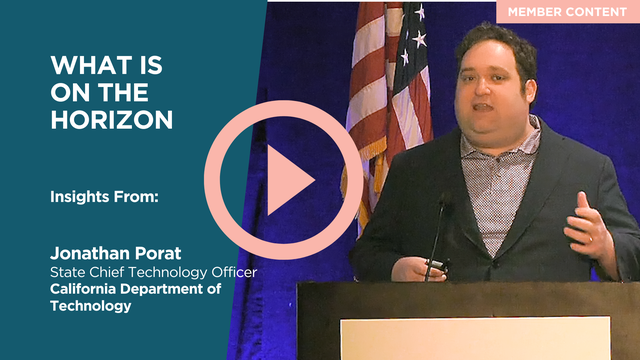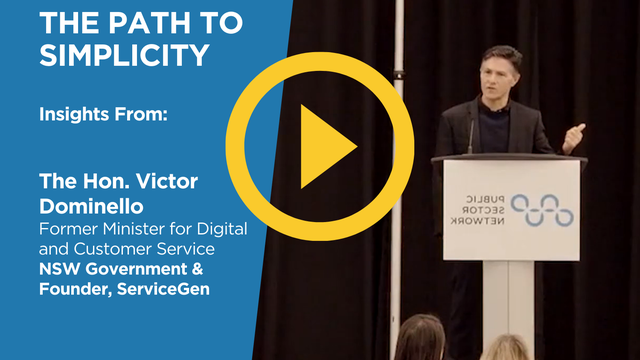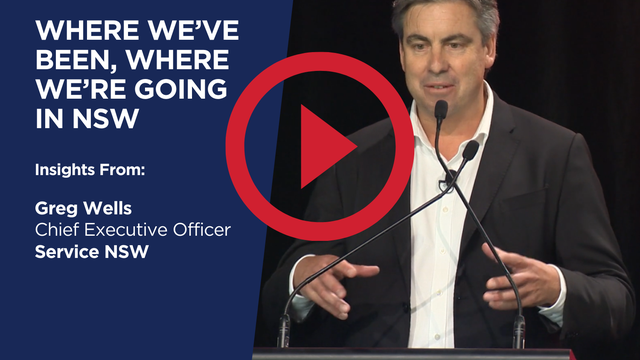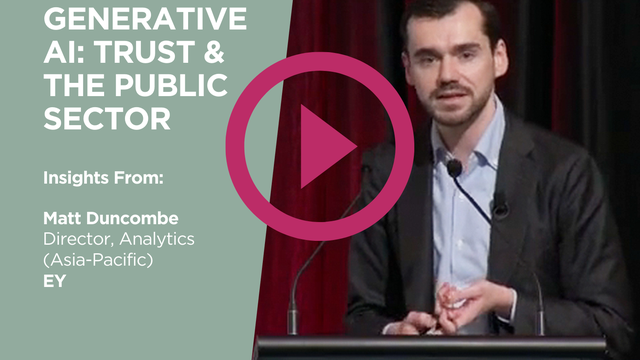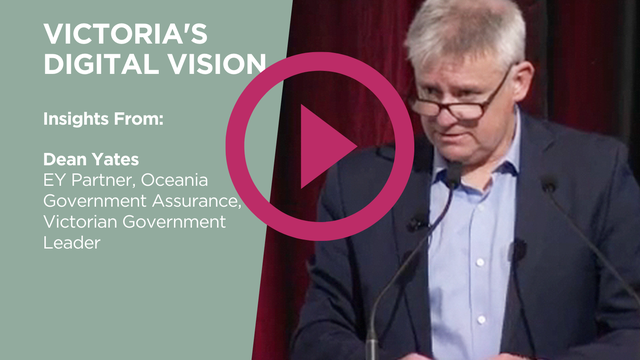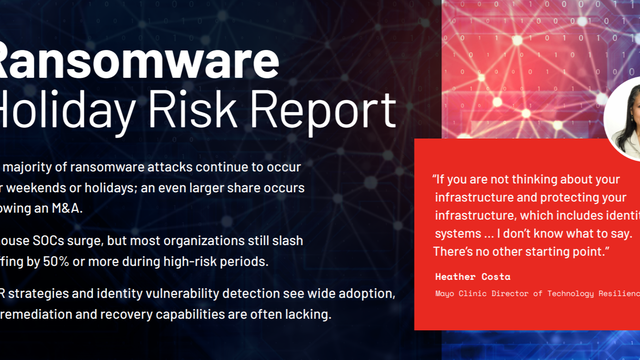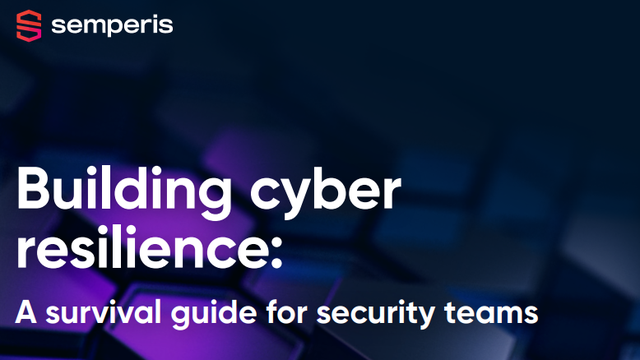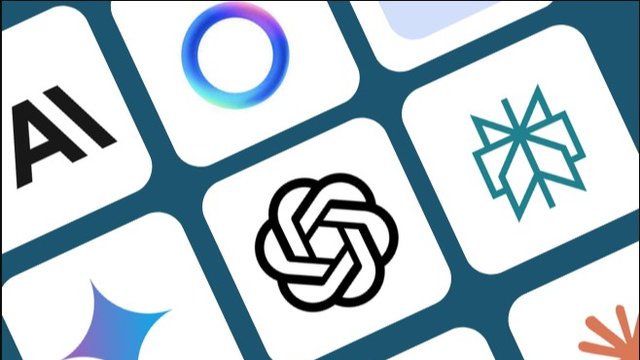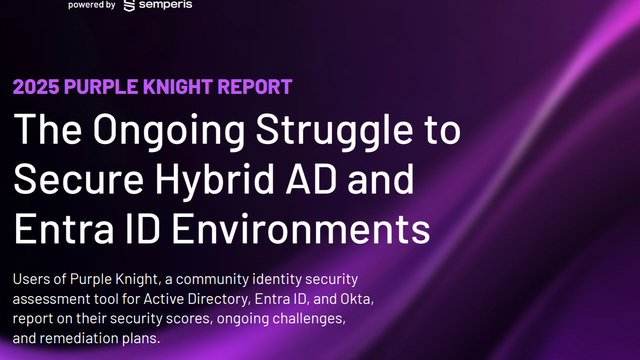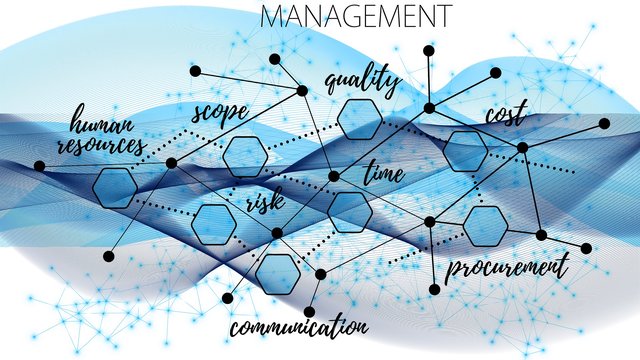In the world of government innovation, one principle stands out: human-centered by design. This means creating services and solutions that truly meet the needs of the people they serve. Public sector leaders from Arizona are putting this approach into action to address challenges and elevate citizen services. Bianca Lochner, Chief Information Officer, City of Scottsdale, Michael Hammett, Chief Innovation Officer, City of Phoenix, and Steen Hambric, Chief Information Officer, City of Phoenix shares their insights at a past Government Innovation Showcase in Arizona and how putting people at the heart of service design leads to meaningful change. Here are some key takeaways from their discussion.
1. Start with Empathy
At the heart of human-centered design is empathy, understanding the real needs and challenges of the community. Bianca Lochner, Chief Information Officer, City of Scottsdale, shared a powerful example. The city faced growing concerns about short-term rentals disrupting neighborhoods. By listening to residents like a young mother who shared how her neighborhood was changing, the city developed a solution that combined AI technology with a user-friendly portal. Residents can now easily report issues and track compliance, making the process seamless and transparent.
2. Build Strong Partnerships
Innovation thrives on collaboration. Michael Hammett, Chief Innovation Officer, City of Phoenix, highlights the importance of partnerships, both within the city and with external partners. This is essential for any agency to succeed and drive meaningful impact. For instance, Phoenix partnered with Bloomberg Associates to improve access to chilled drinking water in public spaces, a solution informed by direct community engagement to ensure it met residents' needs. By working with local businesses and community organizations, the city is creating solutions that are both practical and impactful.
3. Focus on Long-Term Sustainability
When introducing new technologies, it’s not enough to just launch them, they need to be sustainable. Steen Hambric, Chief Information Officer, City of Phoenix emphasized the importance of continuously refining the system based on user feedback, Phoenix ensures it remains effective and user-friendly. This focus on sustainability ensures that solutions last and continue to deliver value.
4. Prioritize Accessibility
Inclusivity is a cornerstone of human-centered design. Scottsdale has made significant strides in ensuring its digital services are accessible to everyone, including individuals with disabilities. By adhering to ADA compliance standards and designing with diverse user needs in mind, the city is creating services that work for all residents.
5. Collaborate Across Cities
This cross-sector approach amplifies innovation, creating scalable solutions that benefit all stakeholders across the state, from residents and small businesses to major employers and educational institutions. This collaborative approach is redefining what's possible in government, proving that shared priorities and open systems create greater public value.



